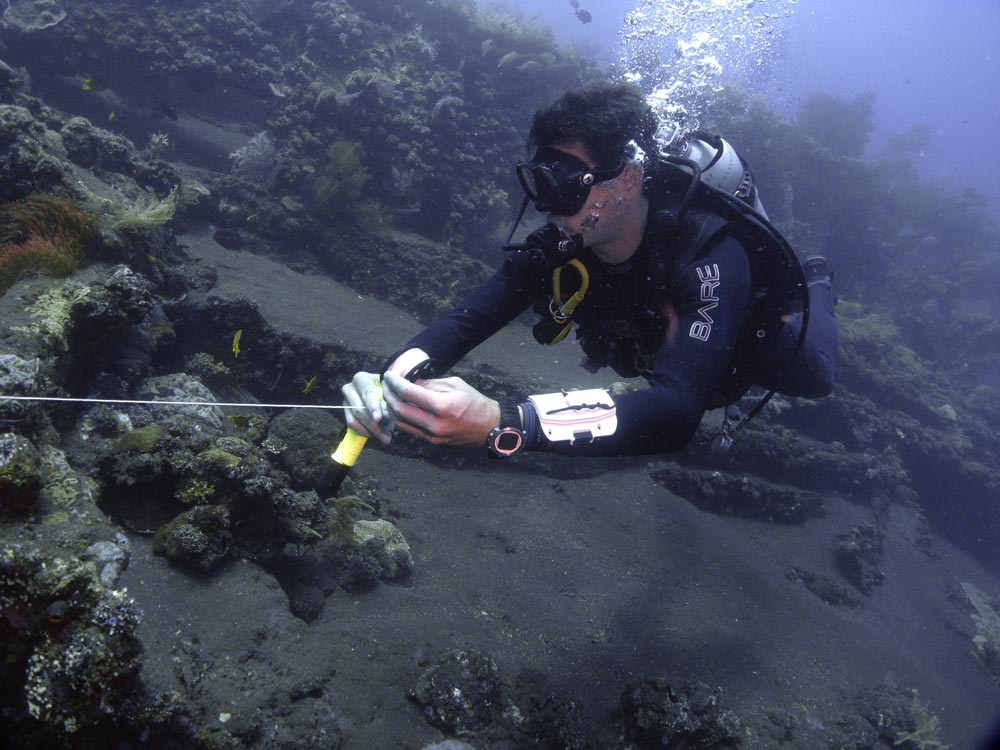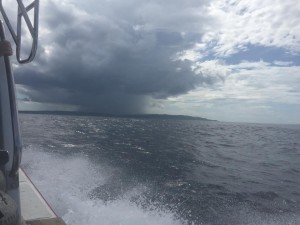There’s something awe-inspiring about exploring an abandoned relic on the bottom of the seabed. For most divers, it’s seeing history come to life that makes it a priceless experience. Wreck diving shouldn’t be taken lightly as it requires additional skills to regular diving. Here are our top tips to minimize risks and maximize enjoyment, when you dive the waters of Bali.

Stay within your level of training and keep practicing.
A wreck dive is typically an advanced dive. If you’re unsure as to where you are in terms of skills and capabilities, consult with your dive instructor to discuss whether you are fit to handle deep dives and difficult conditions.
If you have previously completed an advanced or even a wreck dive certification, don’t be a card collector, put your PADI Wreck Diver specialty to use! Some skills take practice to perfect and your plastic card won’t give you experience unless you action it. Dive as much as you can, as you need as many reliable skills as possible for wreck diving.
Perfect your fundamental scuba skills.
Master buoyancy techniques before any penetrative wreck dives. To prevent reducing visibility, finning techniques are also essential to perfect. Frog kicks or gentle flutters are best, and slow calm movements are ideal.
Always be prepared.
It doesn’t matter if you’ve dived a particular route countless times, it’s crucial to stay fresh and alert on every dive. Remember your training, make sure you listen to your dive instructor and plan for everything. Planning and contingency protocols should be ingrained in every wreck diver’s being. Your true ability is defined by how you deal with less ideal situations.
Learn the history.
Finding out the layout and backstory of a sunken ship can aid in navigation, give you clues on cool features, and create a deeper appreciation to what you are witnessing. “Knowing the history of the ship makes it come alive.”
Take the right tools.
Some matters require specialized gear to solve. To increase safety and enjoyment, pack a torch to illuminate dark corners, a reel and line to mark your path through winding corridors and a sharp cutting tool to shred potential entanglements. It’s also suggested to have a dive computer and a secondary timing device on all dives.
Enjoy the wreck.
Don’t follow the route blindly – take note of your starting point, direction, and current. It’s best to end the dive where you started. For safety, stay close to the wreck. Take pictures to capture your incredible experience and make sure you use the correct underwater photography equipment.
How would you prepare for a wreck dive? Let us know in the comments below.



